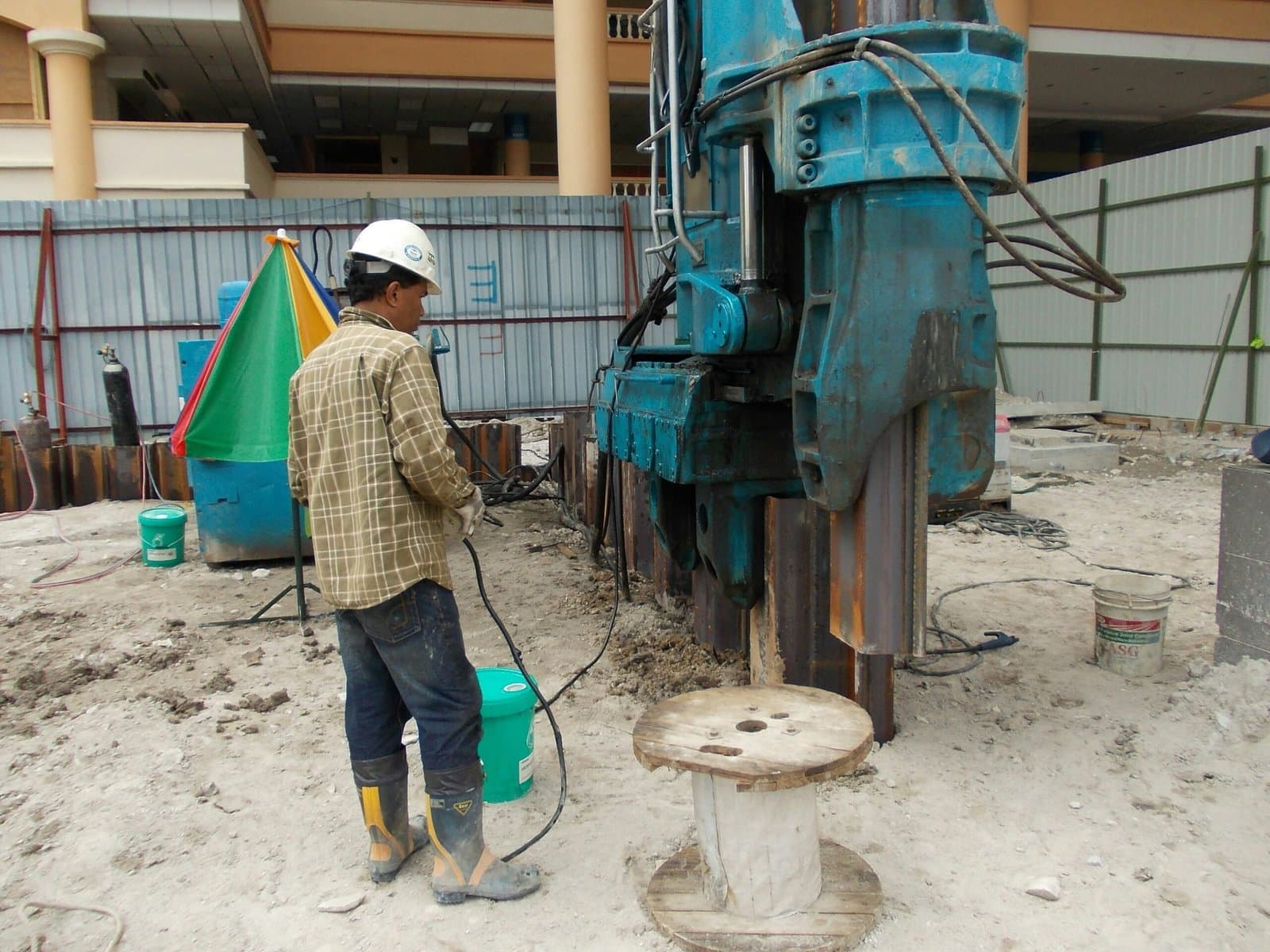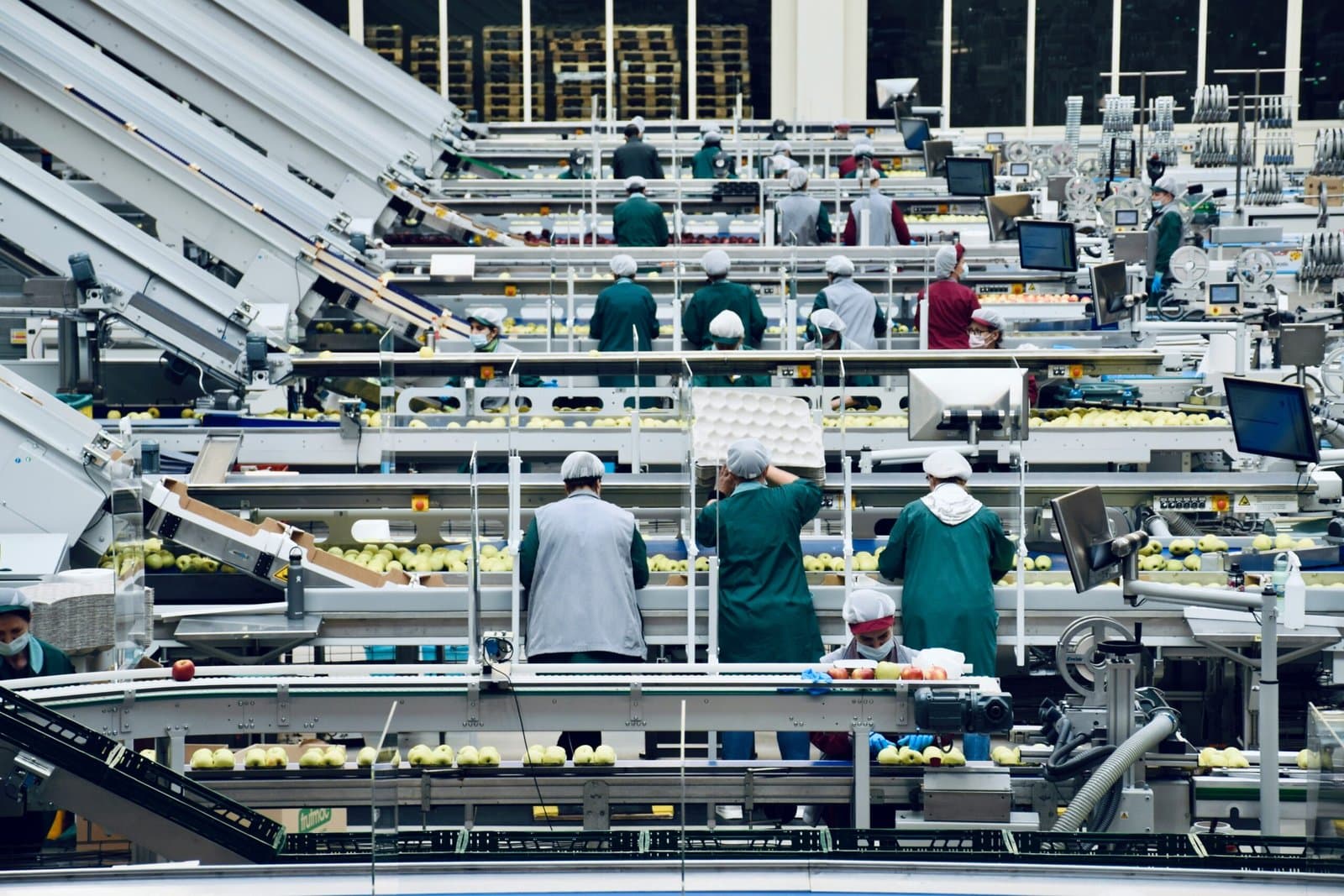Handling Hazardous Industrial Materials And Navigating It Safely

In the intricate world of industrial operations, handling hazardous materials demands precision, knowledge, and an unwavering commitment to safety. Join us through this educational blog post, where we explore essential facts and provide valuable insights on safely handling hazardous industrial materials.
Understanding Hazardous Materials:
Start by comprehending the nature of hazardous materials. These substances can be corrosive, flammable, toxic, or reactive. Familiarize yourself with material safety data sheets (MSDS) that offer detailed information on each substance’s properties, potential hazards, and recommended safety measures.
Personal Protective Equipment (PPE):
Your first line of defense is proper personal protective equipment. Depending on the nature of the material, wear appropriate gear such as gloves, goggles, masks, and full-body suits. Regular inspections and replacements are crucial to ensure the effectiveness of your PPE.
Safe Storage Practices:
Implement a meticulous storage system. Segregate incompatible materials, store flammable substances away from heat sources, and always adhere to recommended temperature and humidity conditions. Labeling is paramount—mark containers with hazard symbols, substance names, and emergency contact information.
Transportation Protocols:
Strict adherence to regulations is imperative when transporting hazardous materials. Familiarize yourself with transportation guidelines outlined by organizations like the Department of Transportation (DOT). Proper labeling, secure packaging, and compliance with transportation requirements contribute significantly to accident prevention.
Emergency Preparedness:
Equip yourself with the knowledge to respond effectively in case of emergencies. Establish an emergency response plan, conduct regular drills, and ensure all personnel know evacuation routes and emergency contact information. Having appropriate emergency response equipment on hand, such as spill kits and first aid supplies, is non-negotiable.
Training and Education:
Continuous education is critical. Ensure all personnel involved in handling hazardous materials undergo thorough training programs. Stay updated on the latest safety protocols, regulations, and technological advancements in the field. An informed workforce is a safer workforce.
Environmental Stewardship:
Safeguarding human health and the environment is paramount. Implement measures to prevent spills, leaks, and emissions. Proper disposal practices, recycling initiatives, and a commitment to reducing the environmental impact of hazardous materials contribute to sustainable industrial operations.
Navigating the complexities of handling hazardous industrial materials requires a holistic approach rooted in knowledge, adherence to regulations, and a steadfast commitment to safety. By understanding the nature of these materials, prioritizing personal protective measures, implementing rigorous storage and transportation protocols, preparing for emergencies, investing in ongoing education, and embracing environmental stewardship, we pave the way for safer industrial practices. Let this guide serve as a comprehensive resource for those seeking to navigate the intricate terrain of handling hazardous materials with diligence and responsibility.The body content of your post goes here. To edit this text, click on it and delete this default text and start typing your own or paste your own from a different source.
Newsletter
Don't miss a thing!
Sign up to receive daily news
Recent Posts

august 30, 2025
Decommissioning a Facility: How to Turn It into a Profitable Venture

august 25, 2025
Hydraulic Press Maintenance 101

august 18, 2025
Rigging Machinery: The Challenge of Moving and Installing Outdated vs. Modern Equipment

august 16, 2025
Conveyor System Maintenance: 5 Early Warning Signs of Failure

august 14, 2025
Predictive Maintenance: The Smarter Alternative to Costly Reactive Repairs

august 11, 2025